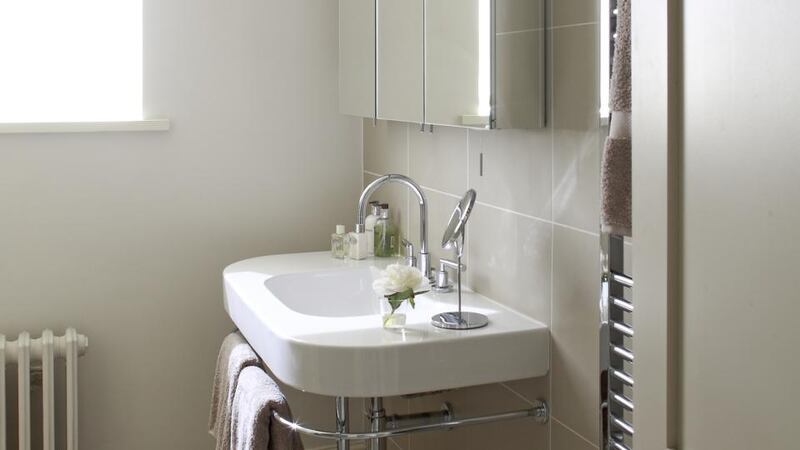My parents have just finished an en suite and bathroom refurbishment, a relatively small project but it reminded me how many things need to be planned in order to achieve a successful outcome.
Bathrooms and en suites may be the smallest rooms in the house but to carry out a refurbishment involves almost every trade from plumbers to tilers, painters and plasterers. And the key to getting it right is organisation.
These small projects have a tendency to drag on, so to ensure the contractor and his crew are out of your hair as swiftly as possible make sure you have bought everything before the builder starts.

This means all materials can be delivered as soon as they are needed on site. This will avoid unnecessary delays.
Think about the details that you would like to include and discuss all of them before work starts. For example, if you want a recess in your shower to hold shampoo and shower gels, be clear about this from the outset as it will be difficult and costly to install after the tiler has started.
Heating is another important consideration. Where you are tight on space, locating radiators can be an issue. Electric underfloor heating mats are a great solution. They can be easily installed under tiles and are much less expensive than underfloor heating. They are, however, costly to run so set them on a timer to come on intermittently.
Another common pitfall is not ordering enough tiles. This can cause delays, particularly if tiles are not stock items and have to be ordered in.
Calculate the floor and wall areas separately and allow a minimum of 10 per cent extra for wastage. When getting a quote for tiles make sure that the supplier includes grout adhesive and tile trims as this can be an unwelcome extra cost once you have committed to a particular tile.
Buy all your bathroom accessories, such as towel rails and toilet roll holders so that the builder can fit them for you.
When choosing shower doors there are a number of options: off-the-shelf or the bespoke frame-less glass screens and doors that are made to order and need to be measured once all of the tiling is finished.
You will need to factor this into your timescale because there will be a lead time from measuring before the door is ready to be installed.
Another important consideration is the power source for lighting around mirrors and shaver sockets. A great idea if you are fitting a mirrored cabinet is to get the contractor to install the socket inside the cabinet so that your toothbrush or shaver can be stored inside while charging keeping surfaces free.
The devil is in the detail and in a bathroom the finish of the tiling is critical. Keeping grout joints as tight as possible is a must.
Not only will this look much better but it will mean that the floor is much easier to keep clean because grout discolours over time especially on floors.
When choosing your grout it is best to match the tile colour as closely as possible. Never go for a dark grey unless you are using a dark grey tile. This colour is often sold for floors but can look very stark especially where a light colour tile has been used. If you are concerned about staining choose a silver grey instead.
For corners and edges use a tile trim, square-edged chrome trims look very good. If you are using stone the tiles will be much thicker than porcelain or ceramic, so the best way to finish edges here is by having the tiles bevelled.
This can be done either on- or off-site. You will need to discuss all of this with your tiler in advance as it will have an impact on the price but the difference in the finish is worth every penny.
Denise O’Connor is an architect and design consultant













